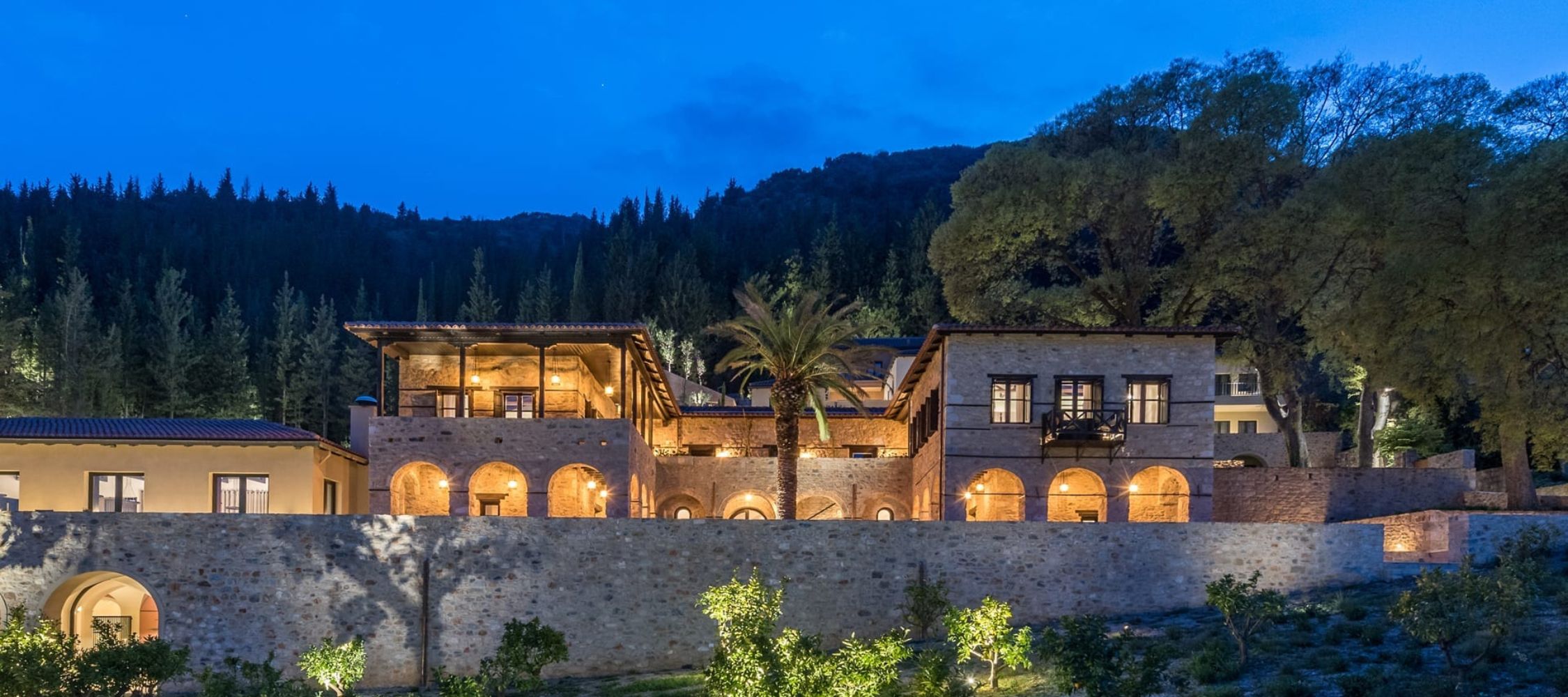
Many of our readers are cruising and flying to Greece for their vacations/holidays. Today, we stumbled across this article that may be of interest to those interested in wellness and spas. This article was written in the first person by the author from her personal experience.
From Travel+Leisure online magazine:
“This Might Be the Most Transformative Wellness Retreat in Greece—Where Ancient Philosophy Meets Modern Healing
At Euphoria Retreat in Mystras, timeless philosophy and holistic therapies help guests rediscover balance and purpose. By Janine Di Giovanni Published on October 11, 2025
I’m a strong believer in psychotherapy, but the concept of professional coaching never appealed to me. The one time I tried it, I was unnerved by a trust exercise and gave up almost immediately. Then, a couple of years ago, I became CEO of a nonprofit investigating war crimes in Ukraine. Having spent most of my career as a writer, working alone, I found leading a team to be exhilarating, but I needed a new skill set. So I signed up for a leadership program at Euphoria, a wellness retreat in Greece.
The word euphoria is derived from ancient Greek. (Its literal meaning is “to bear” or “to carry well.”) It’s a fitting name for the first—and most acclaimed—wellness center in the country. The property is set in the fortified town of Mystras, about a three-hour drive south of Athens. I arrived just as the sun was going down behind Mount Taygetos, the highest peak in the Peloponnese, and casting a golden light across Euphoria’s stone floors.
The property, which opened in 2018, was designed by Greek architect Natalia Efraimoglou to reflect the area’s Byzantine heritage. Hagia Sophia in Istanbul was a key inspiration; elements of that building are reflected in Euphoria’s domes and arches, as well as its palette of gold, blue, red, and yellow. Most of the retreat’s 45 rooms are set in the main building, but I stayed in one of six suites located in the 1830s Leoncini Mansion, which has marble floors and is decorated with Turkish rugs and traditional wooden furniture. My balcony overlooked a sweeping green valley. I didn’t unpack that night—unusual for me—and instead fell into a deep sleep. When I woke to birdsong and a crowing rooster 10 hours later, I realized it was the first time I’d slept without sleeping pills or melatonin in years.
That morning, I began the leadership program, which the property curates for each participant. Euphoria blends ancient Greek and Chinese therapies, as these two great civilizations developed similar well-being philosophies that emphasize inner peace, unity, and holistic balance. In my first session, a therapist explained how the elements of ancient Hellenic medicine (water, fire, earth, air, and a fifth element known as aether) and traditional Chinese medicine (water, fire, earth, wood, and metal) were reflected in my body and personality. My dominant traits were a mix of earth for pragmatism and fire for passion.
On the spa’s top floor, which overlooks a shady evergreen forest, I met my teachers. Marina Efraimoglou, Euphoria’s founder (and the sister of architect Natalia), had, like me, switched careers later in life. A former Wall Street banker who moved to Athens to continue her career, she was diagnosed with cancer in her late twenties. Chemotherapy and recovery prompted her to re-evaluate her life. She stayed in finance for a while, then founded Euphoria to promote physical, mental, and spiritual healing.
Her teaching partner, Mary Vandorou, provided a counterpoint. The daughter of a dancer and an actor, she had been a ballerina and later trained in Zen Buddhist meditation. While Efraimoglou is bold and authoritative, Vandorou is quiet and reflective. The pair divided the classwork, which included discussions and exercises. We began with meditation, then explored how to become an effective messenger. “What are your examples of true leadership?” Efraimoglou asked. “Martin Luther King and Mahatma Gandhi,” I answered. Both led their people through seemingly impossible conflicts with grace and the ethos of nonviolence.
The retreat’s core teachings are based on three levels: leadership of the self, of a small group, and on a broader, global scale. The first is rooted in the phrase “Know thyself”—the Socratic idea that self-development begins by understanding your body, mind, and emotions. To this end, Efraimoglou presented me with a set of handwritten questions, most of which focused on the way I presented myself to the world—at conferences, symposia, and meetings—and whether that reflected my true self. She asked what mattered most to me. Commitment, loyalty, principles? Are there personality types I resonate more with?
One evening, I was asked to talk about and reframe the parts of my life or career that I regretted. I expected to struggle with opening up to strangers, but both women were such good listeners that I found myself revealing things I’d never shared before. “Why are you apologizing?” Efraimoglou asked. “Why don’t you own your path?” Vandorou added. “What does ‘own my path’ mean?” I asked. They both laughed. It means to accept your work, your life, and yourself. To focus on the good things around me. And there are many.
At Euphoria, there’s also a strong focus on female empowerment and leadership that draws not from yang (masculine) energy but from yin: intuition, empathy, care, nurturing, and supportive teamwork. That prompted me to reflect: When was I short-tempered? When did I shut down a good idea? When was I judgmental with my team? After our sessions, I retreated to the forest to walk. I spent a lot of time in the spa, which had an outdoor pool where I lay floating on my back, staring up at pine and cypress branches.
My retreat only lasted five days; I wished it had been longer. Several other women were staying for three weeks, and I was jealous of them. Before leaving for Athens, I took one last walk through the private woodland bordering the property, which Efraimoglou called “the enchanted forest.” There was no rush, no desire to climb the highest peak. Just a simple path to follow around the ancient trees, all stable and firmly rooted. Be like that tree, I thought. Stay on your path. Efraimoglou would have approved.
A version of this story first appeared in the November 2025 issue of Travel + Leisure under the headline “Deeply Rooted.”
That’s it for today, folks.
Be well.
Photo from ten years ago today, October 22. 2015:
There were no photos posted on this day ten years ago.


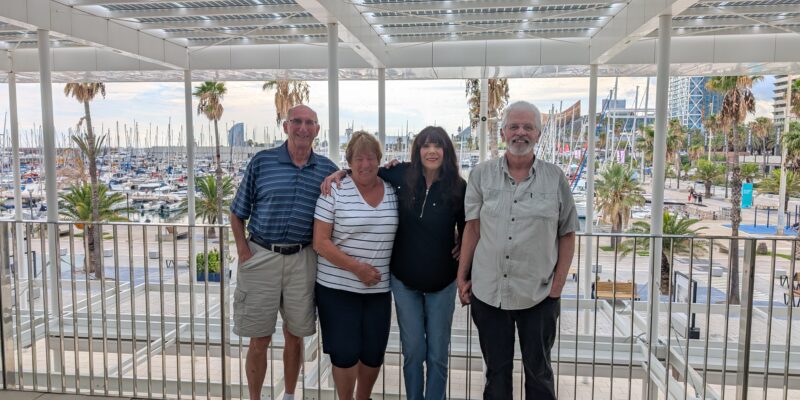
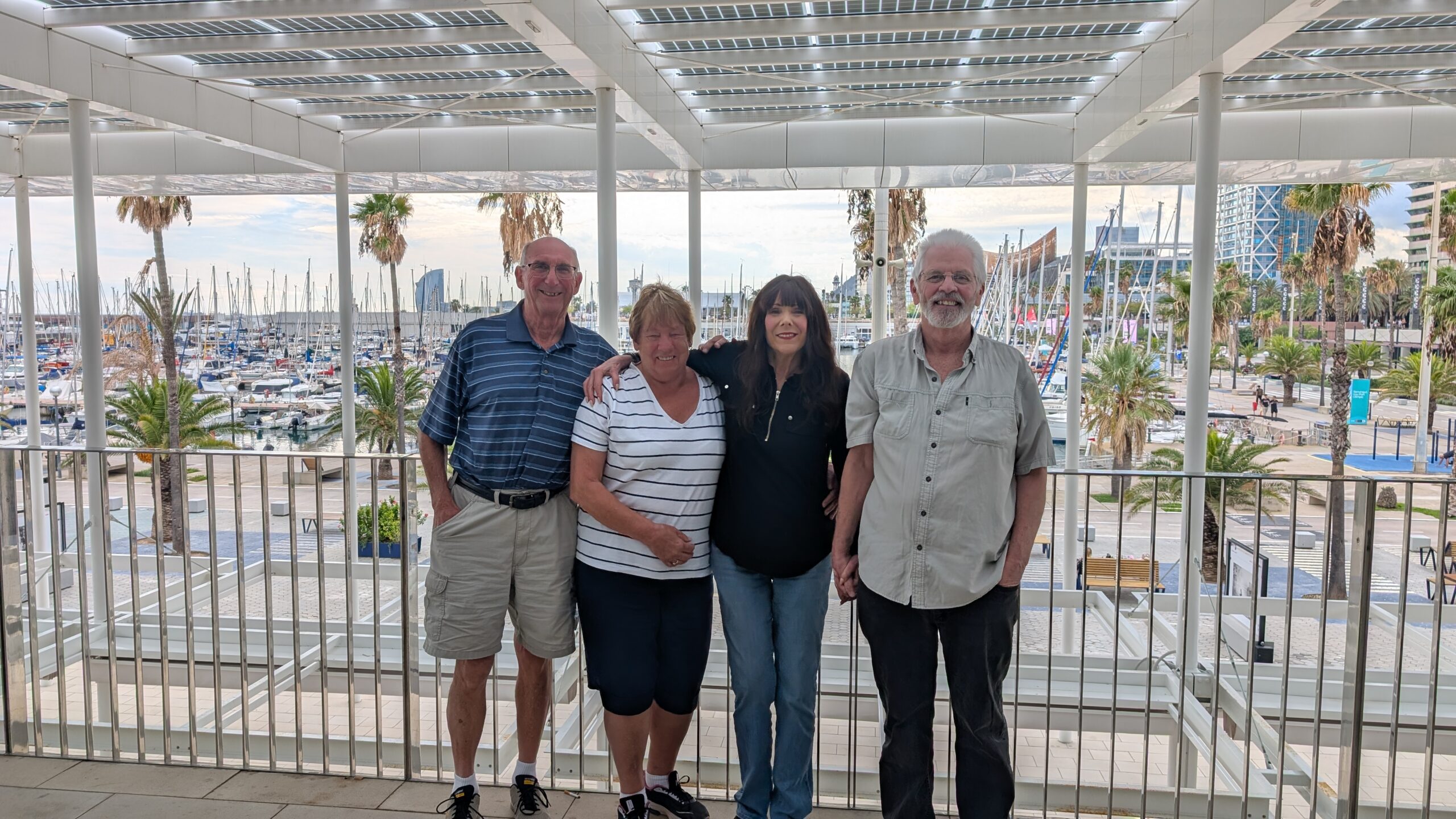
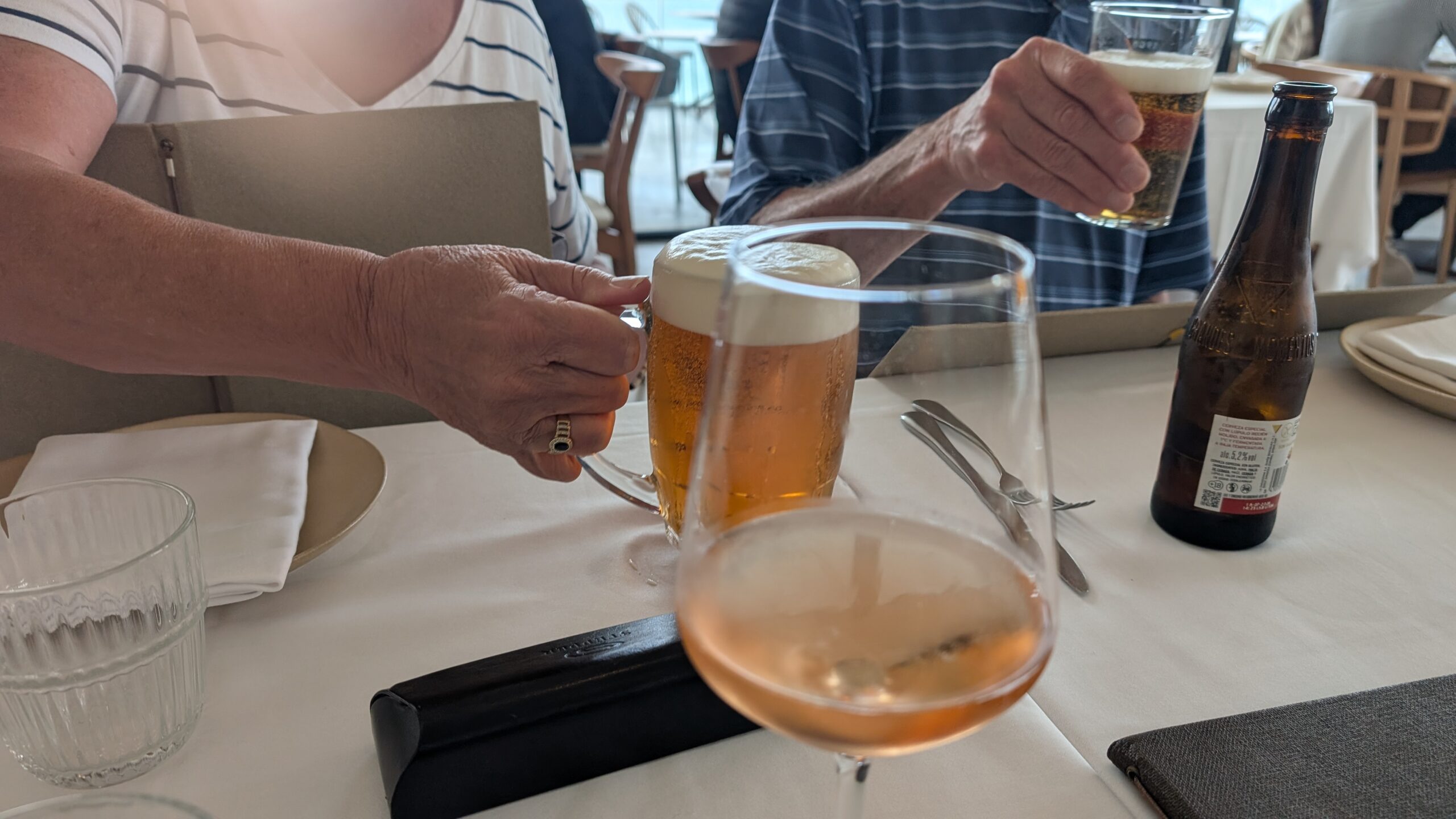


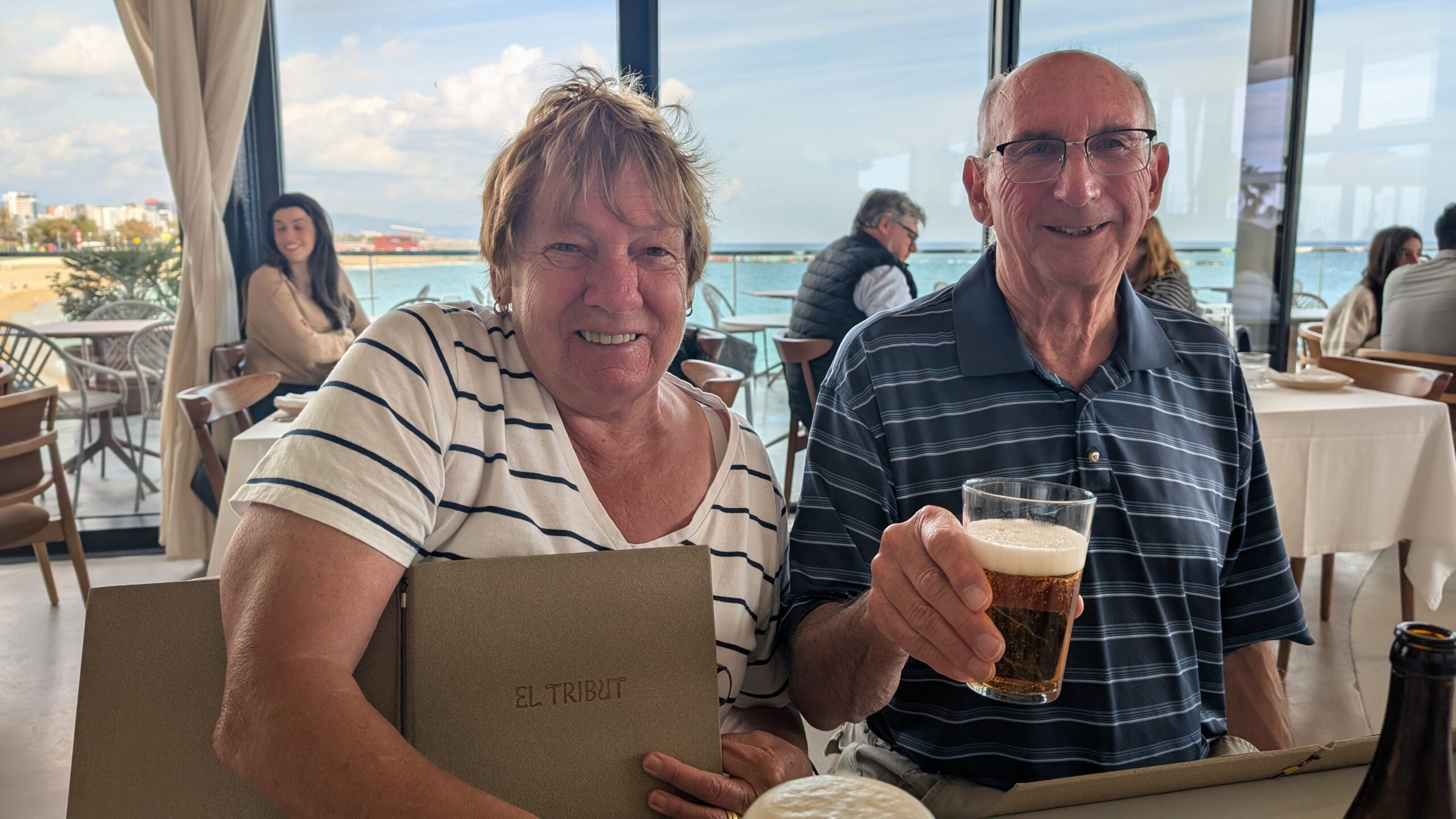




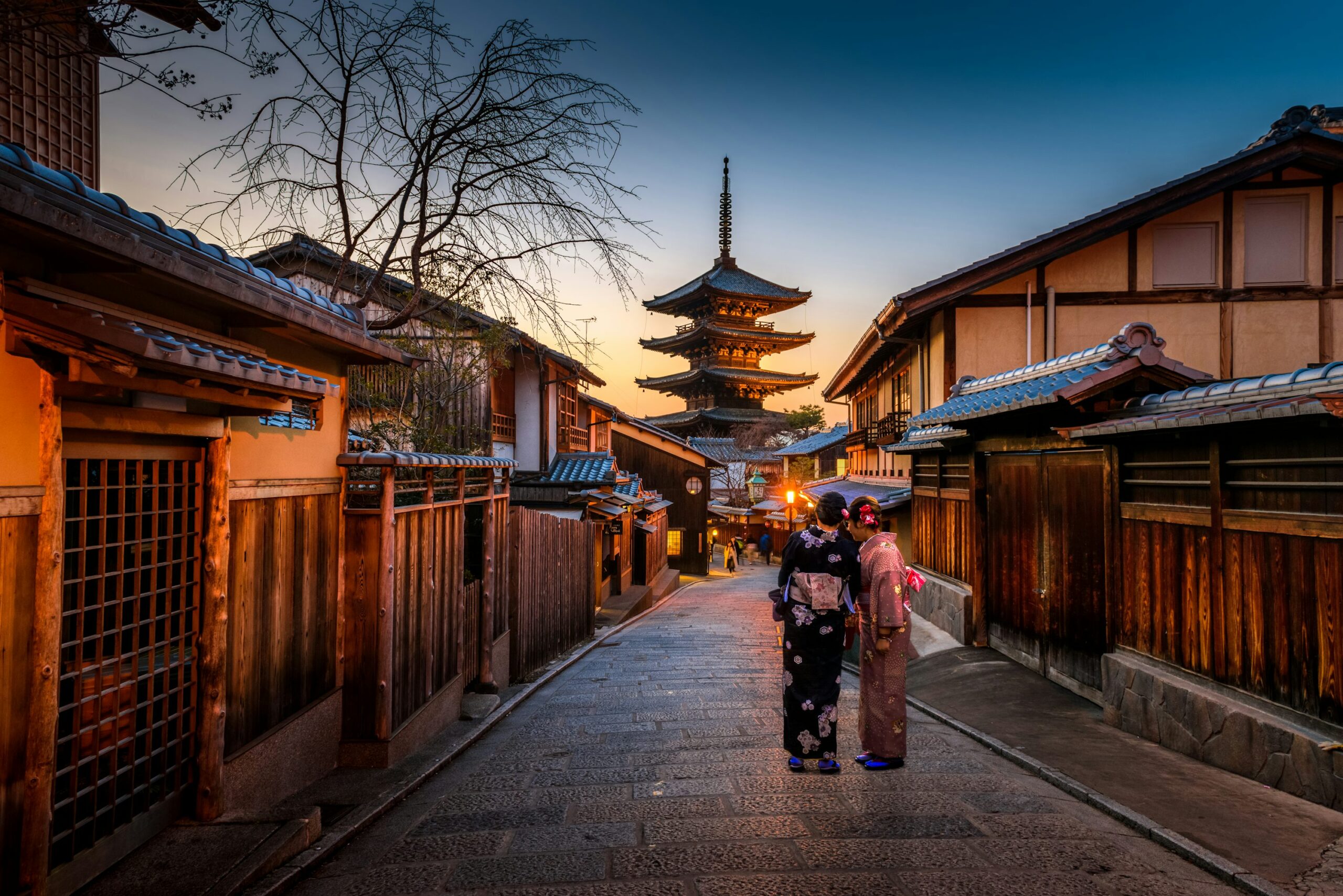







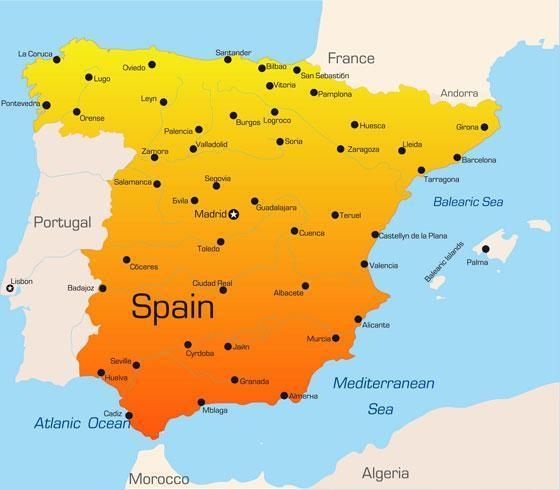

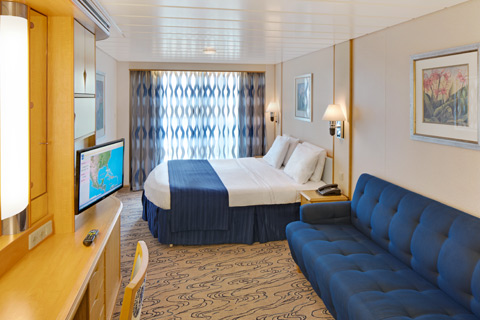


:max_bytes(150000):strip_icc():format(webp)/TAL-lead-image-SURFVOLCANO0725-a67b797e91504c79b984f97123d422ed.jpg)


